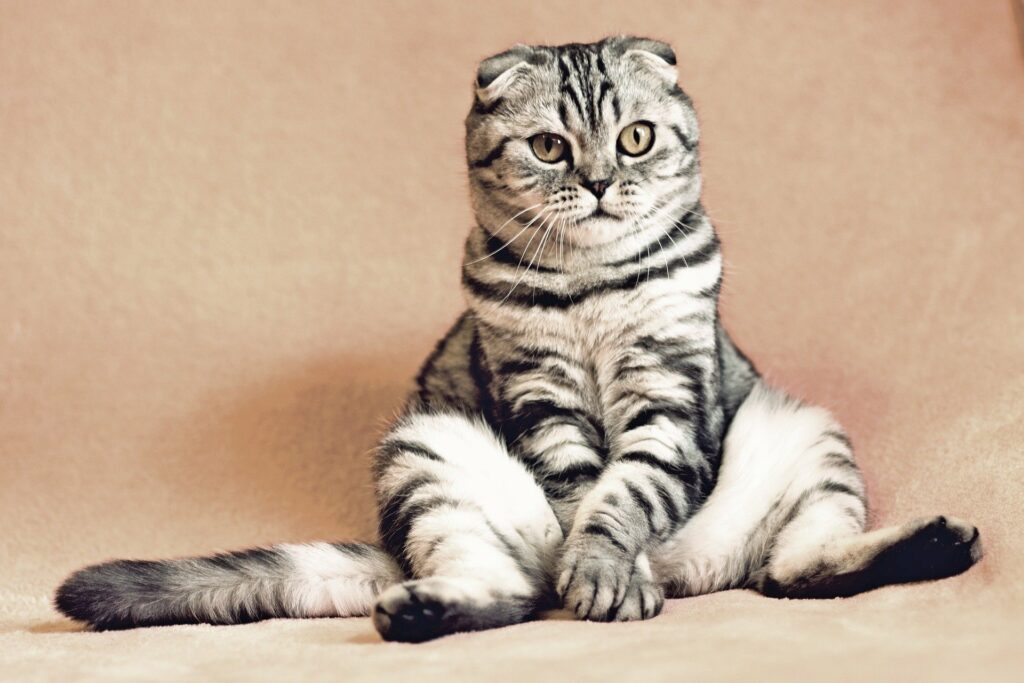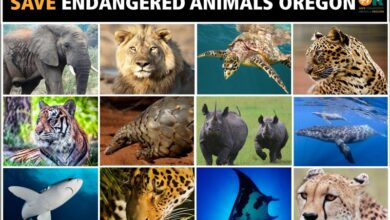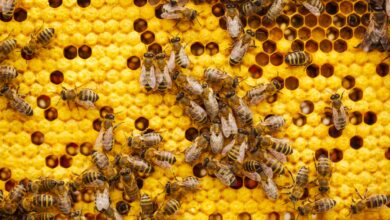
People who love raising cats are always looking for a lot of information about eating young cats, adult cats and old cats, and reading and searching for this information is important and useful because it provides you with the necessary tips for proper nutrition and keeping your cat in good health.
Nutrients that cats need:
Nutrients are substances that cats get from food and that cats use as a source of energy, and as part of the metabolism or metabolism necessary in the growth process, and your pet cat should get all the nutrients it needs from commercial food, which must be of high quality, as Its elements have special criteria that must be taken into account, the most important of which are the following:
- Water : one of the most important nutrients, as cats need the necessary clean water all the time, and if there is a shortage of water, it can cause them serious diseases or lead to death.
- Proteins : Also one of the most important nutrients that help build cells, tissues, organs, enzymes, hormones and antibodies, and are necessary in the growth process, and proteins consist of essential amino acids that are not present in cats’ bodies and must be available in food such as meat, eggs and fish.
- Fat : It is one of the necessary substances needed because it provides the body with energy, and fats give the body twice the energy that proteins and carbohydrates give, and fats are important in building cells, and fats consist of fatty acids that must be available in food in sufficient quantities, as they help maintain skin and fur.
- Carbohydrates : provide energy to the tissues of the body and play a vital role in the integrity of the intestines in cats.
- Vitamins : They are essential elements as they act as a catalyst for enzyme reaction, so they are important in the metabolism process.
Nutritional advice about eating kittens:
If you are responsible for caring for kittens in the first months of their life, you must be ready to convert their food from liquid milk to dry food. Newborn cats receive full food from mother’s milk during the first four weeks of life, and they do not need any food Others, during the first weeks of life, the cat may double in size to (2-3) times, and it continues in that rapid growth until puberty, so it needs large amounts of energy and nutrients greater than what large cats need until they reach puberty within a year One, and from (5-6) weeks the kittens eat dry food of high quality, and the mother takes care of her young until the first 8 weeks of life, and kittens must be eating at all times, and dry food for kittens is the most appropriate because it does not spoil if left Up in the air.
Weaning kittens:
Weaning is the process of converting kittens from liquid milk to solid or dry food. The weaning process begins with kittens from the age of 4 weeks and ends at the age of (8-10) weeks
How to start weaning kittens:
- Kittens should be with the mother cat during the weaning process.
- When kittens reach the age of 4 weeks, they can be placed in an area separate from the mother for several hours to reduce their dependence on breast milk for food.
- Put it in its own area as a box, with food and a bowl of water.
- As kittens become more independent, they can spend more time away from the mother until they are weaned.
How to wean kittens:
- We put the alternative milk in a deep bowl, do not use cow’s milk, it will cause stomach upset and diarrhea in cats.
- Allow the kitten to lick the milk by moving your finger at the bottom of the bowl
- Do not push his head into the bowl, because when the liquid is inhaled, it will cause lung problems or pneumonia.
- When he gets used to drinking liquids, dry food items can be mixed in the alternative milk
How do kittens get used to eating dry food:
- If the cat is used to eating dry food with milk, the milk can be reduced gradually while slowly increasing the dry food.
- When kittens reach the age of six weeks, they can eat wet food.
- -Now you can leave some dry food without milk with water all the time.
- From the age of (8-10) weeks, kittens should have reached the stage of eating dry food.
Weaning of orphaned kittens:
Small kittens that may be orphaned, start weaning a little early at the age of 3 weeks, and start offering alternative milk in a bowl and teaching them how to lick the milk, then put a little dry food, and gradually reduce the milk, and the cat’s dependence on dry food should be only from the age of ( 5-6) weeks.
Tips to help wean kittens:
At first, cats may play with their food, as they wrap around the bowl and then jump inside it until they understand that it is their food, so you must be patient and not disturb and attack them, and use a soft, damp cloth to wipe their face and legs after each meal, and dry them gently and put them in a warm place to dry .
Eating adult cats:
Adult cats must eat high-quality nutritional foods in order to obtain the energy and elements necessary to maintain and rebuild body tissues, and the amount of food provided to cats depends on the size of the cats and the energy contained in the food.
The activity of cats varies from one species to another, and this activity plays an important role in determining the amount of calories that cats eat, and the adult cat must get water all the time, and clean the plate with water daily, and adult cats need amino acids such as taurine, as they have An important role in heart functions, vision and reproduction, and it is necessary to consult a veterinarian when the temperature rises or falls, as this requires obtaining a certain amount of energy.
Adult cats are fed twice a day and the required quantity is determined at intervals of (8-12) hours. Alternative milk should not be the main food for cats or a substitute for water, as it causes vomiting and diarrhea.
Eating elderly cats:
Old cats begin to show some changes at the age of (7-12) years, such as changes in metabolism, immunity and changes in body composition, and then they start a new diet and the main goal of this new system is to maintain the health and weight of the body and prevent or slow onset of diseases.

Symptoms of aging cats:
- Deterioration of the skin and scalp
- Loss of muscle mass
- Intestinal problems
- Arthritis
- obesity
- Dental problems
- Inability to resist infection
Therefore, elderly cats must receive full medical care, as they are subject to continuous veterinary examinations.
Eating cats that are obese:
Obesity is one of the common problems in cats, and it is harmful to their health. With excess weight, cats can develop diabetes, liver problems and joint pain. When there is an excess of energy in the body, it is stored in the form of fat, and you can assess the ideal cat weight when you are able To feel the spine and ribs without putting pressure on them, and you should consult the veterinarian before starting the weight loss program, and there are basic rules in losing weight:
- Consult the doctor about the appropriate food for cats, which contains a certain amount of calories.
- Cat food should contain the necessary fibers that help not to sag during weight loss.
- Cats can increase their physical activity to lose weight, burn more calories, decrease appetite, and increase their metabolic rate.
Some of the things you can do to lose your cat’s weight:
- Remove cats from the room when you eat
- Feed the kittens several small meals during the day
- Reduce fast food
- Providing medical care


